Beyond belief: nothing is as it seems in the MSU Broad’s latest exhibition

Installation view of ‘The Transported Man’ at the Eli and Edythe Broad Art Museum in Michigan. Courtesy of The Eli and Edythe Broad Art Museum at MSU
‘I needed a new challenge – you have to take risks,’ says Marc-Olivier Wahler of his decision to become director of the five-year-old Eli and Edythe Broad Art Museum at Michigan State University, following stints at Palais de Tokyo in Paris and the Swiss Institute in New York. The Swiss-born curator, scholar, and critic makes his debut at the MSU Broad with ‘The Transported Man’, a dazzling opening act of a show that fills the museum’s Zaha Hadid-designed home in East Lansing with the work of 40 artists. True to his word, Wahler observed the opening from a precarious perch: inside the belly of a giant alligator named Freddy.
The enormous reptile shuffles deliberately along the museum’s gleaming blonde-wood floors in Christian Jankowski’s What Could Possibly Go Wrong? (2017), an opening-day performance that lives on in the exhibition as a short video. When a breathless reporter aims his microphone at the creature’s belly to procure an ‘exclusive’ interview with the imperiled director, Wahler calmly explains the theme of the show. ‘When you see an illusion, a trick, you have to believe it’s something magic,’ he says, in a voice muffled slightly by his predicament. ‘But at the same time, you know it’s not. Both are equally important.’
The notion of belief — and just how far it can be stretched — animates and unites the 52 works of the exhibition, on view through 22 October. The title is borrowed from a trick depicted in the 1995 novel The Prestige, Christopher Priest’s tale of dueling magicians in fin-de-siècle London (the exhibition includes a newly discovered George Méliès film from 1904 that chronicles a similar battle of prestidigitators, both played by Méliès himself).
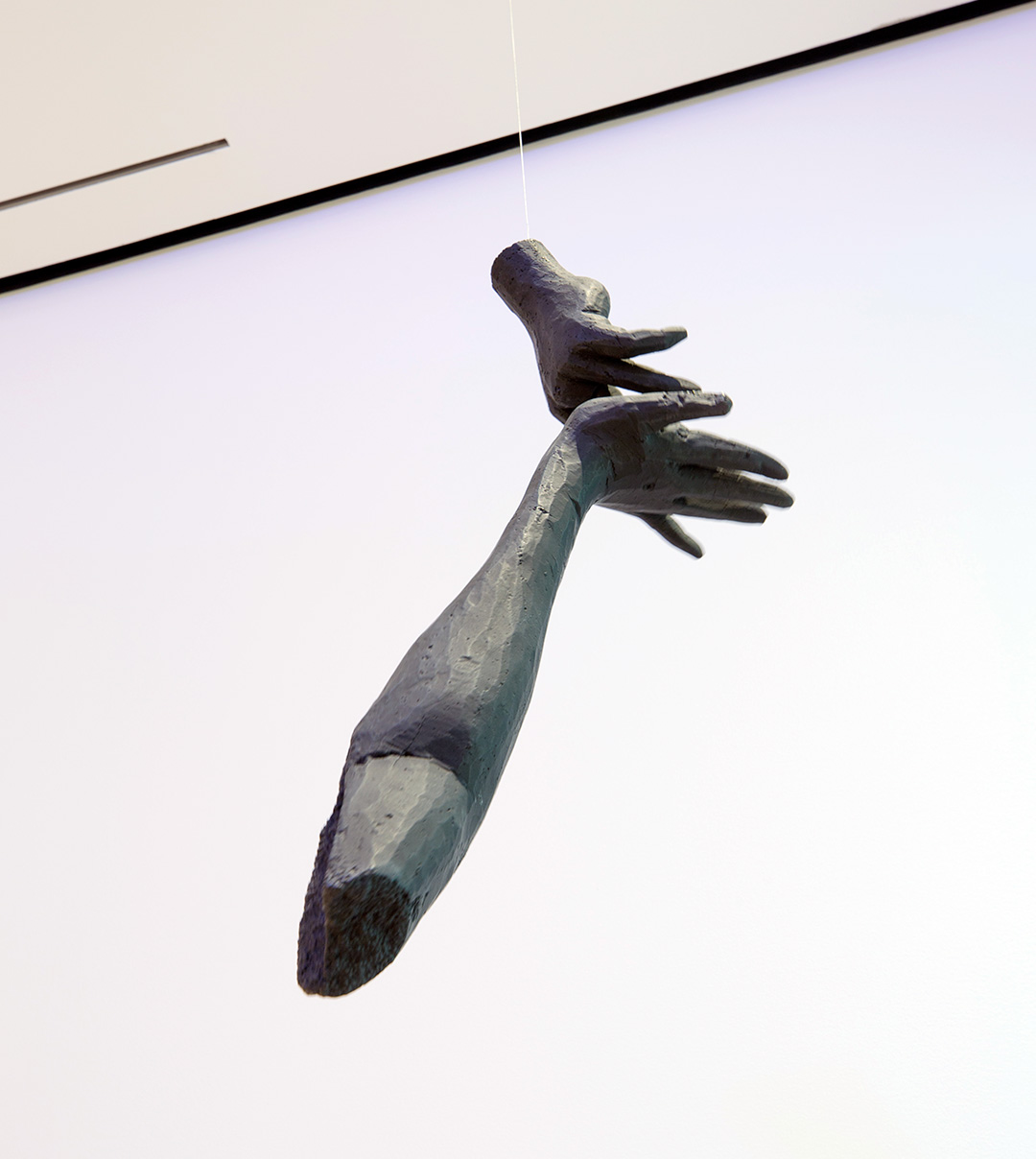
The exhibition examines the power of interpretation and the systems of belief at stake when facing objects. Courtesy of The Eli and Edythe Broad Art Museum at MSU
Alluring illusions float throughout the show, gaining further dimension from an abundance of mirrors, including a looking glass autographed by Marcel Duchamp and Ugo Rondinone’s rainbow wilderness of mirrored windows arrayed on a wall plastered with pages from recent editions of the Detroit Free Press. The disembodied cast hands of Urs Fischer and Jonathan Monk allude to sleight-of-hand finesse; a trio of large weeds that have taken root beneath Hadid’s pleated steel walls reveal themselves to be the painted bronzes of Tony Matelli; and Roman Signer’s wooden Table (2009) hovers several inches above the floor.
‘The idea of levitation carries through this exhibition in different ways,’ says Steven Bridges, assistant curator at MSU Broad. ‘The overall tension of the show is that these encounters between what you see in front of you and what you know is physically possible don’t boil down to singular points. If anything, they expand into greater moments and explorations.’
Which brings us to the (900lb) elephant in the room. Daniel Firman’s Loxodonta (2017) is an extraordinarily realistic simulation of a life-sized elephant hanging — with all of the acrobatic elegance a pachyderm can muster — from the soaring double-height ceiling of the largest ground-floor gallery. Firman has managed to evoke a determined energy in the animal’s splayed limbs; this is a performer, not a corpse. The work, which was completed on site, is also indicative of Wahler’s grand ambitions for the Broad Museum MSU. ‘We’re interested in broadening the conversation around art rather than narrowing it down,’ adds Bridges. ‘There really is the sense that anything is possible.’
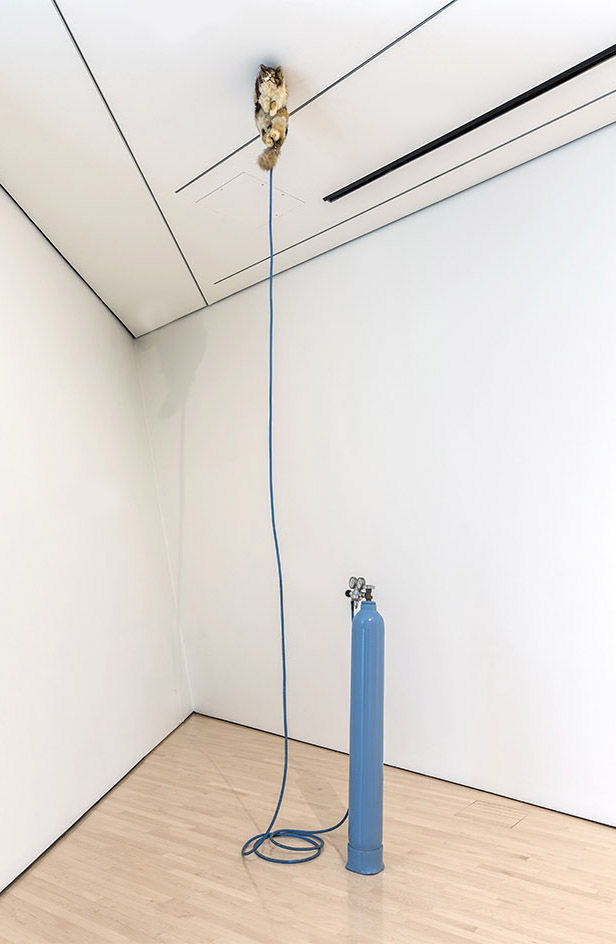
Beginnings of Space Travel, 2002, by Werner Reiterer. Courtesy of The Eli and Edythe Broad Art Museum at MSU
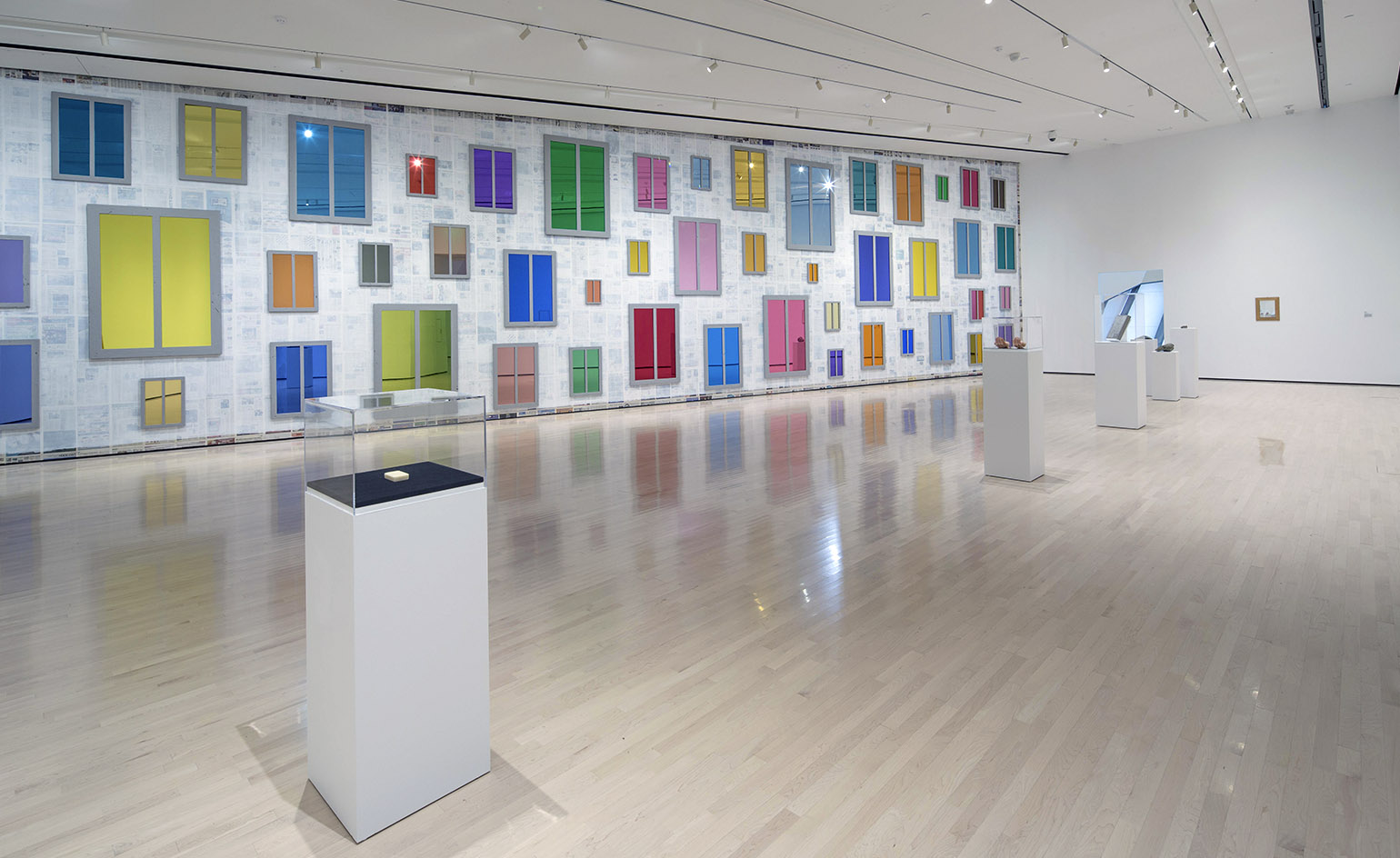
Courtesy of The Eli and Edythe Broad Art Museum at MSU
Ugo Rodinone’s mirrored glass windows, Clockwork for Oracles, 2008, provide a colourful backdrop.
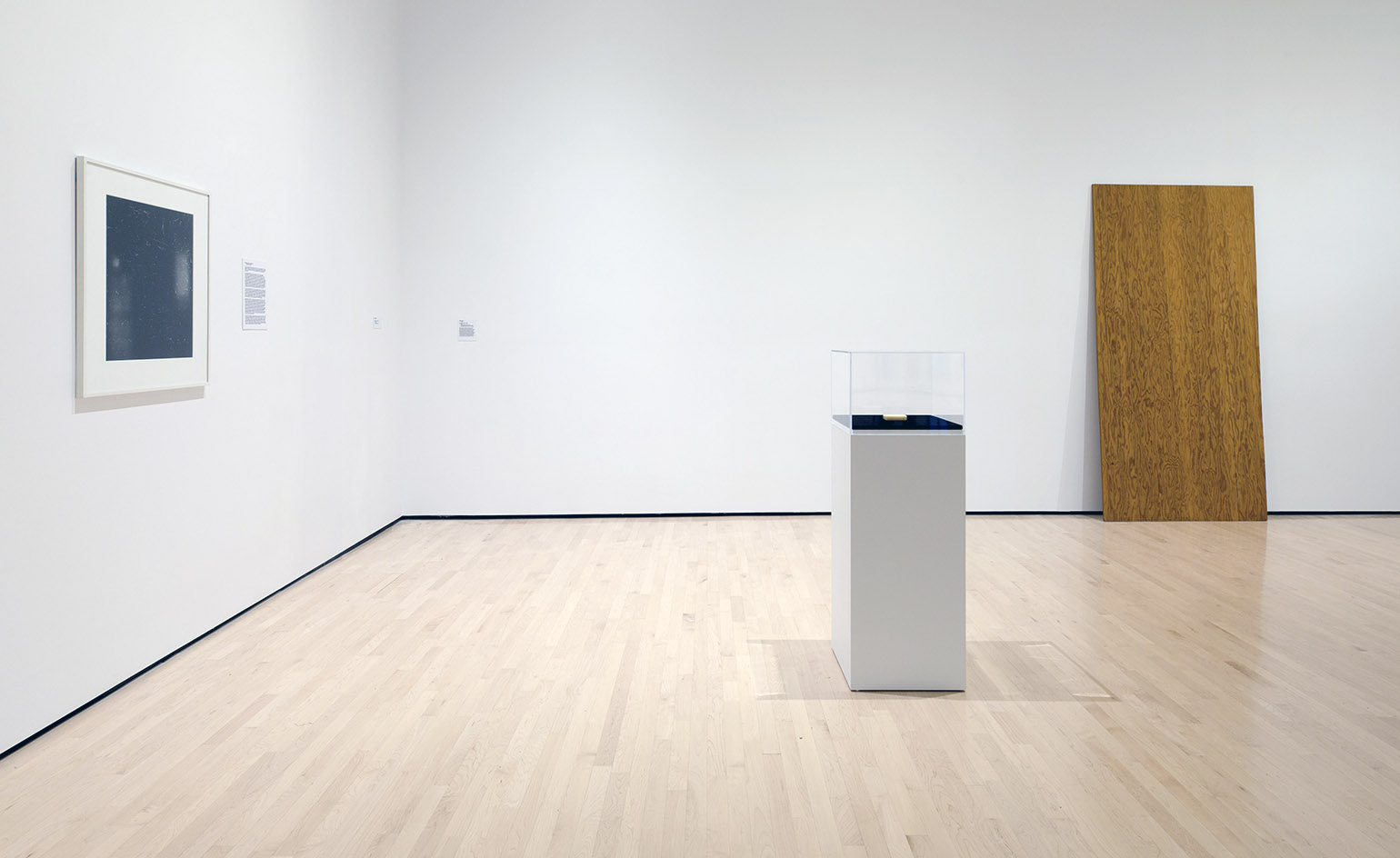
Installation view of ‘The Transported Man’. Courtesy of The Eli and Edythe Broad Art Museum at MSU
INFORMATION
‘The Transported Man’ is on view until 22 October. For more information, visit the the Eli and Edythe Broad Art Museum website
Wallpaper* Newsletter
Receive our daily digest of inspiration, escapism and design stories from around the world direct to your inbox.
ADDRESS
MSU Broad College
632 Bogue Street
East Lansing
Stephanie Murg is a writer and editor based in New York who has contributed to Wallpaper* since 2011. She is the co-author of Pradasphere (Abrams Books), and her writing about art, architecture, and other forms of material culture has also appeared in publications such as Flash Art, ARTnews, Vogue Italia, Smithsonian, Metropolis, and The Architect’s Newspaper. A graduate of Harvard, Stephanie has lectured on the history of art and design at institutions including New York’s School of Visual Arts and the Institute of Contemporary Art in Boston.
-
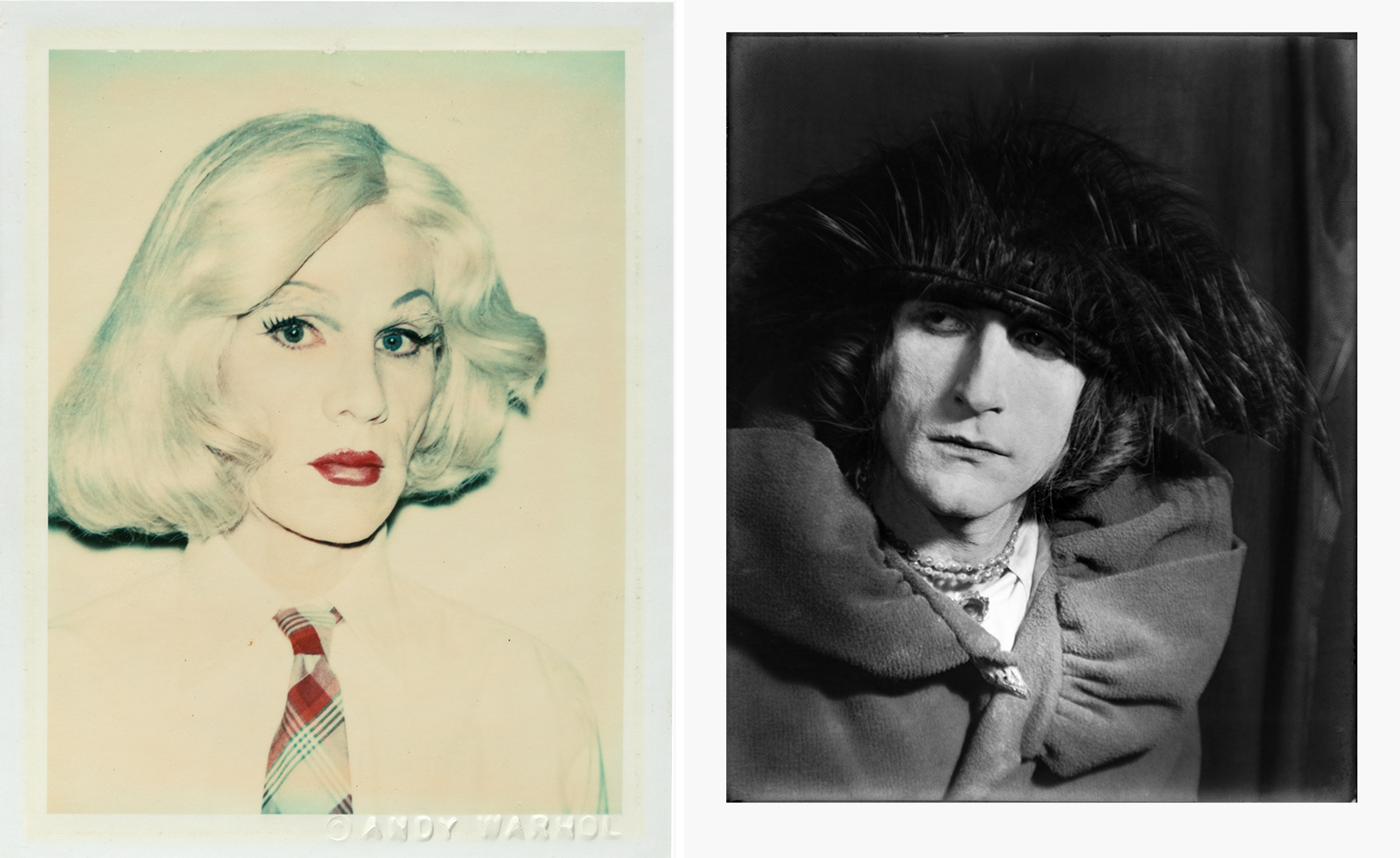 From Rembrandt to Warhol, a Paris exhibition asks: what do artists wear?
From Rembrandt to Warhol, a Paris exhibition asks: what do artists wear?‘The Art of Dressing – Dressing like an Artist’ at Musée du Louvre-Lens inspects the sartorial choices of artists
By Upasana Das
-
 Meet Lisbeth Sachs, the lesser known Swiss modernist architect
Meet Lisbeth Sachs, the lesser known Swiss modernist architectPioneering Lisbeth Sachs is the Swiss architect behind the inspiration for creative collective Annexe’s reimagining of the Swiss pavilion for the Venice Architecture Biennale 2025
By Adam Štěch
-
 A stripped-back elegance defines these timeless watch designs
A stripped-back elegance defines these timeless watch designsWatches from Cartier, Van Cleef & Arpels, Rolex and more speak to universal design codes
By Hannah Silver
-
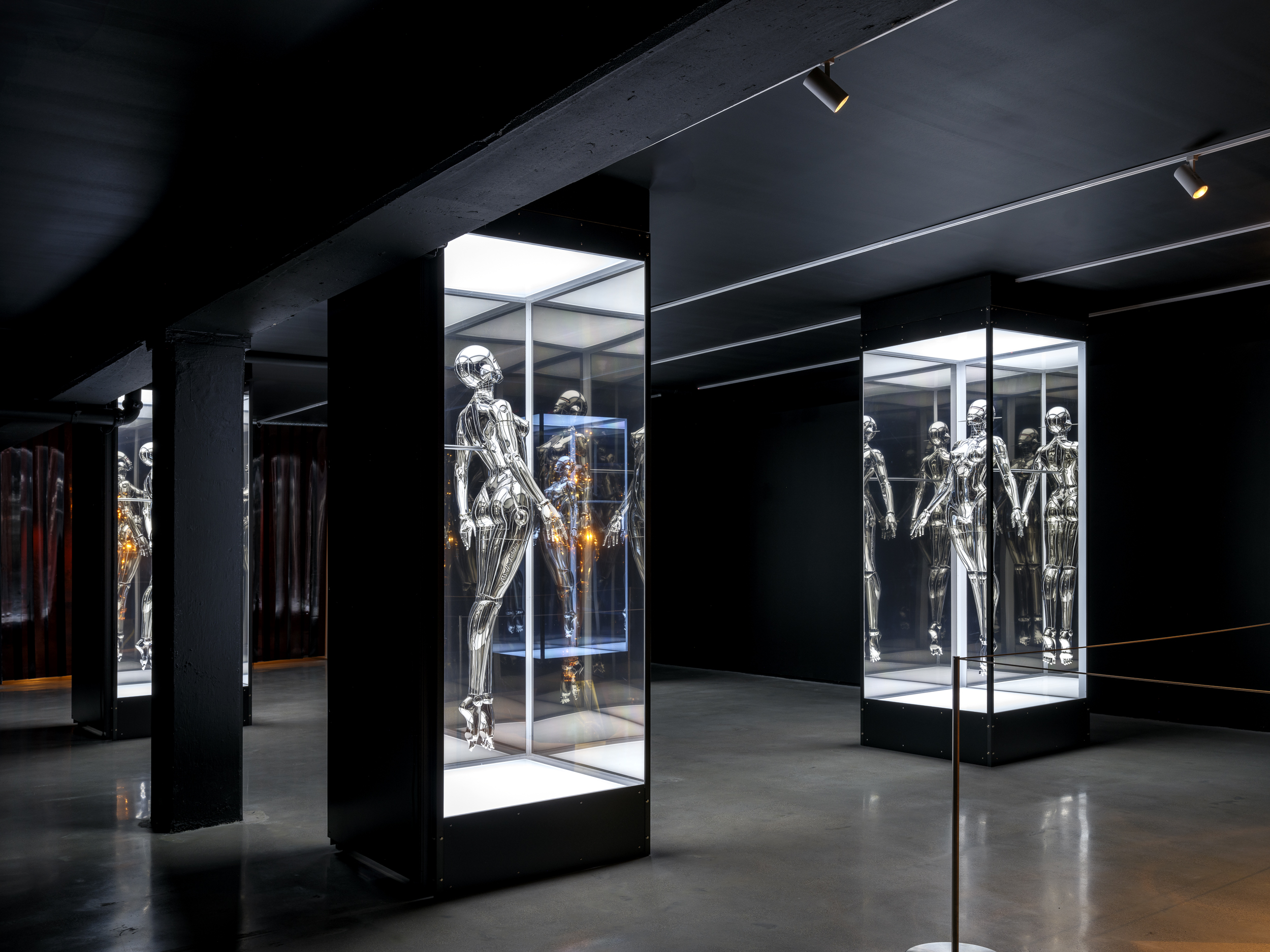 Miami’s new Museum of Sex is a beacon of open discourse
Miami’s new Museum of Sex is a beacon of open discourseThe Miami outpost of the cult New York destination opened last year, and continues its legacy of presenting and celebrating human sexuality
By Anna Solomon
-
 Inside Jack Whitten’s contribution to American contemporary art
Inside Jack Whitten’s contribution to American contemporary artAs Jack Whitten exhibition ‘Speedchaser’ opens at Hauser & Wirth, London, and before a major retrospective at MoMA opens next year, we explore the American artist's impact
By Finn Blythe
-
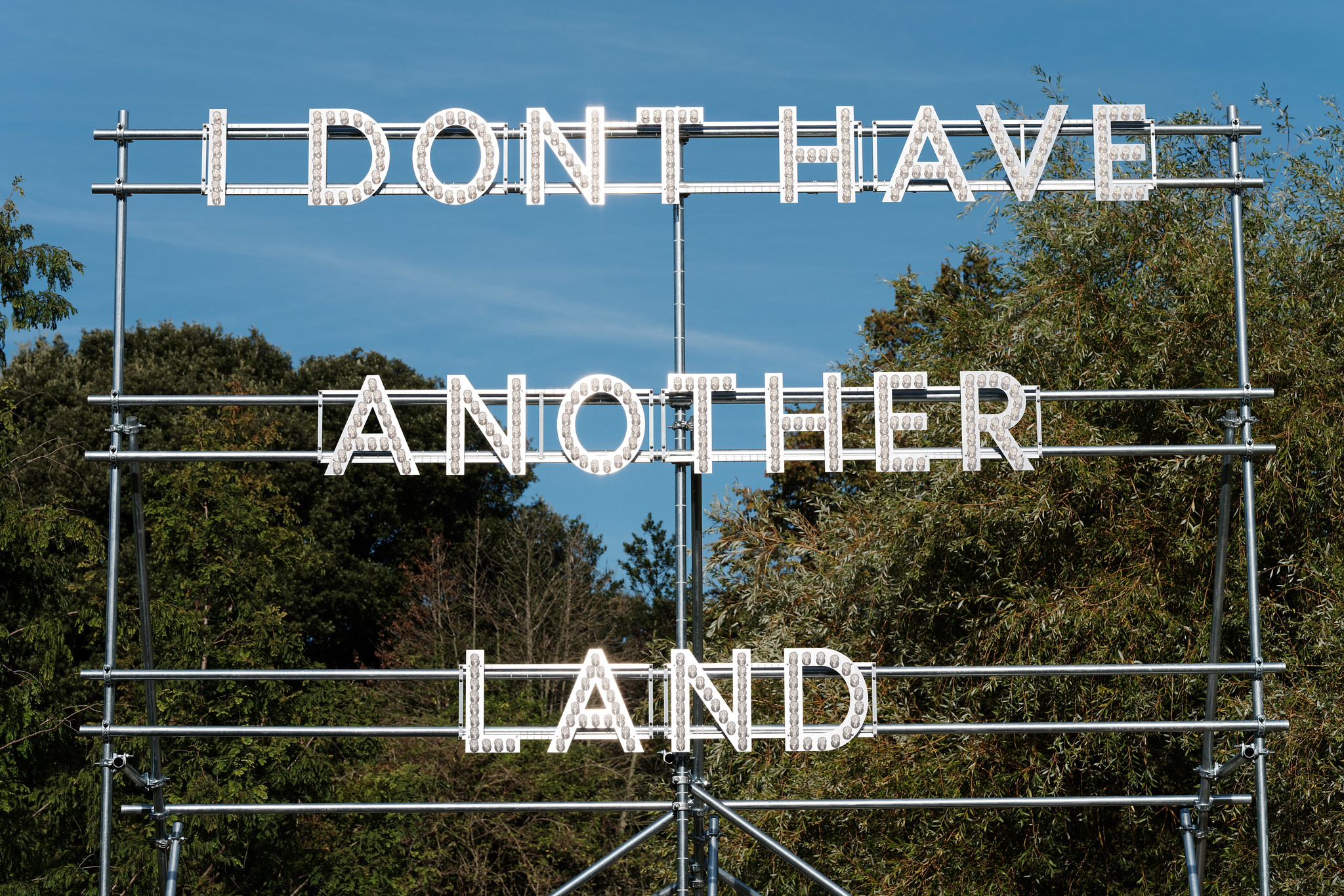 Frieze Sculpture takes over Regent’s Park
Frieze Sculpture takes over Regent’s ParkTwenty-two international artists turn the English gardens into a dream-like landscape and remind us of our inextricable connection to the natural world
By Smilian Cibic
-
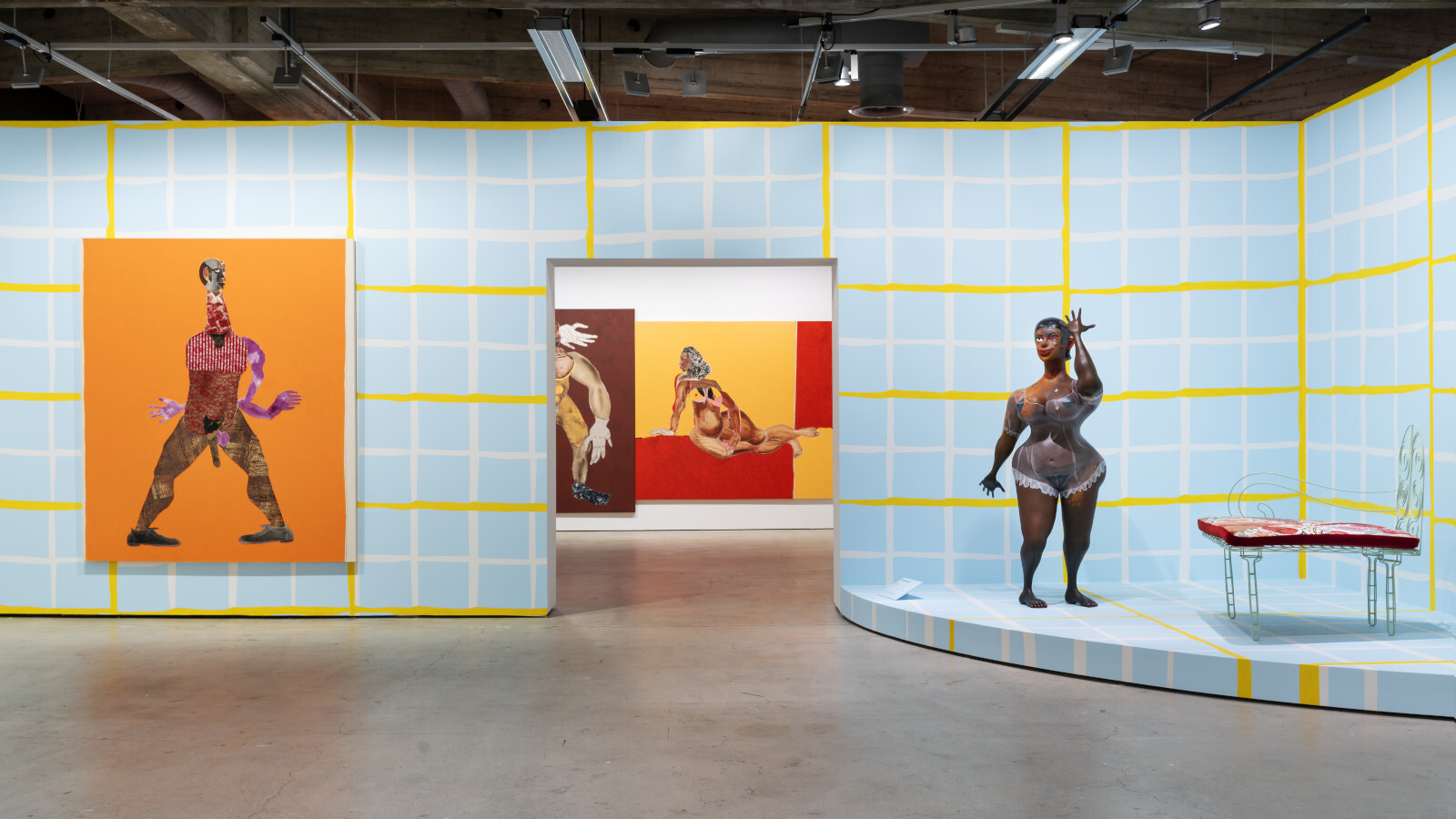 Harlem-born artist Tschabalala Self’s colourful ode to the landscape of her childhood
Harlem-born artist Tschabalala Self’s colourful ode to the landscape of her childhoodTschabalala Self’s new show at Finland's Espoo Museum of Modern Art evokes memories of her upbringing, in vibrant multi-dimensional vignettes
By Millen Brown-Ewens
-
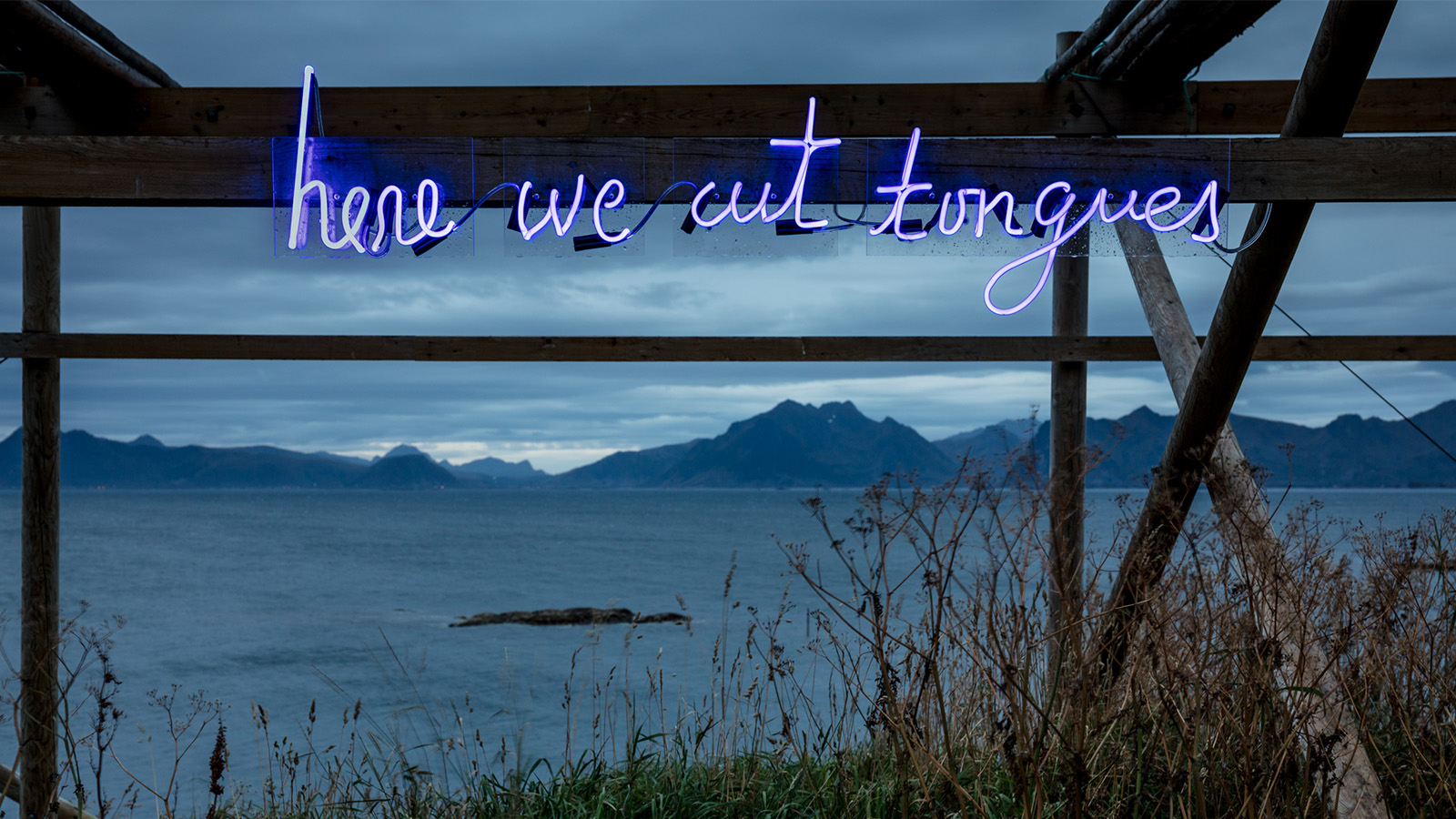 Wanås Konst sculpture park merges art and nature in Sweden
Wanås Konst sculpture park merges art and nature in SwedenWanås Konst’s latest exhibition, 'The Ocean in the Forest', unites land and sea with watery-inspired art in the park’s woodland setting
By Alice Godwin
-
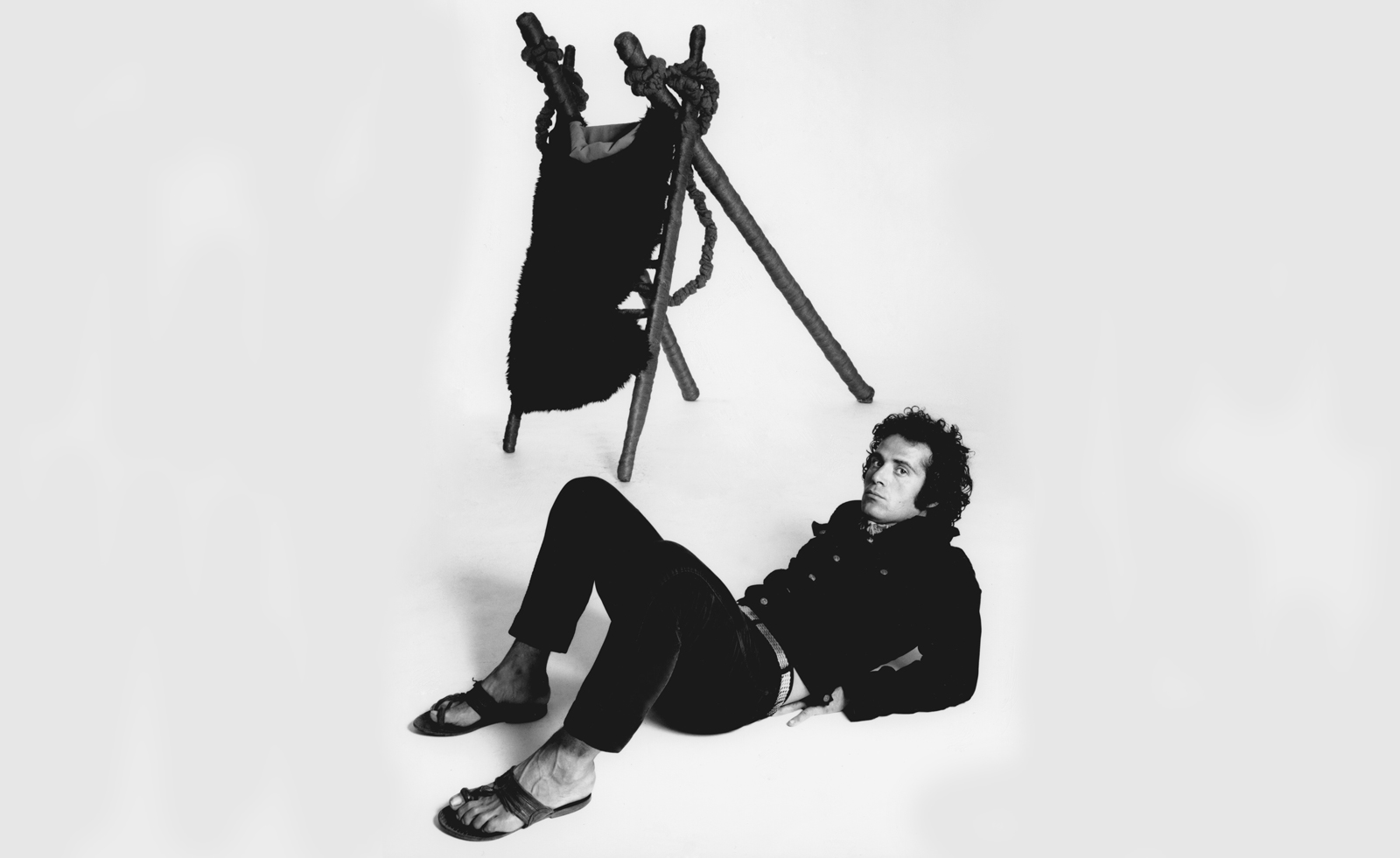 Pino Pascali’s brief and brilliant life celebrated at Fondazione Prada
Pino Pascali’s brief and brilliant life celebrated at Fondazione PradaMilan’s Fondazione Prada honours Italian artist Pino Pascali, dedicating four of its expansive main show spaces to an exhibition of his work
By Kasia Maciejowska
-
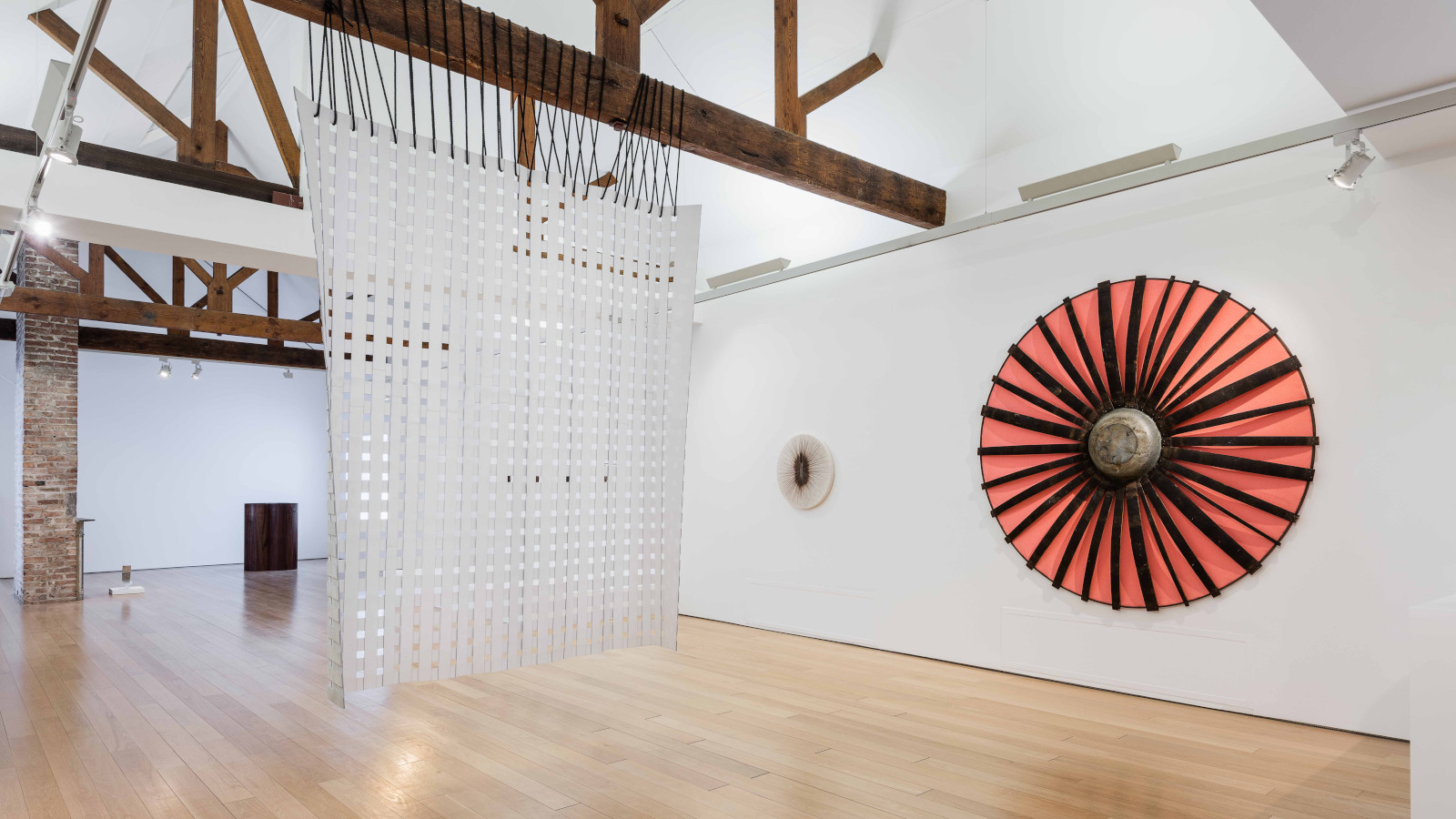 John Cage’s ‘now moments’ inspire Lismore Castle Arts’ group show
John Cage’s ‘now moments’ inspire Lismore Castle Arts’ group showLismore Castle Arts’ ‘Each now, is the time, the space’ takes its title from John Cage, and sees four artists embrace the moment through sculpture and found objects
By Amah-Rose Abrams
-
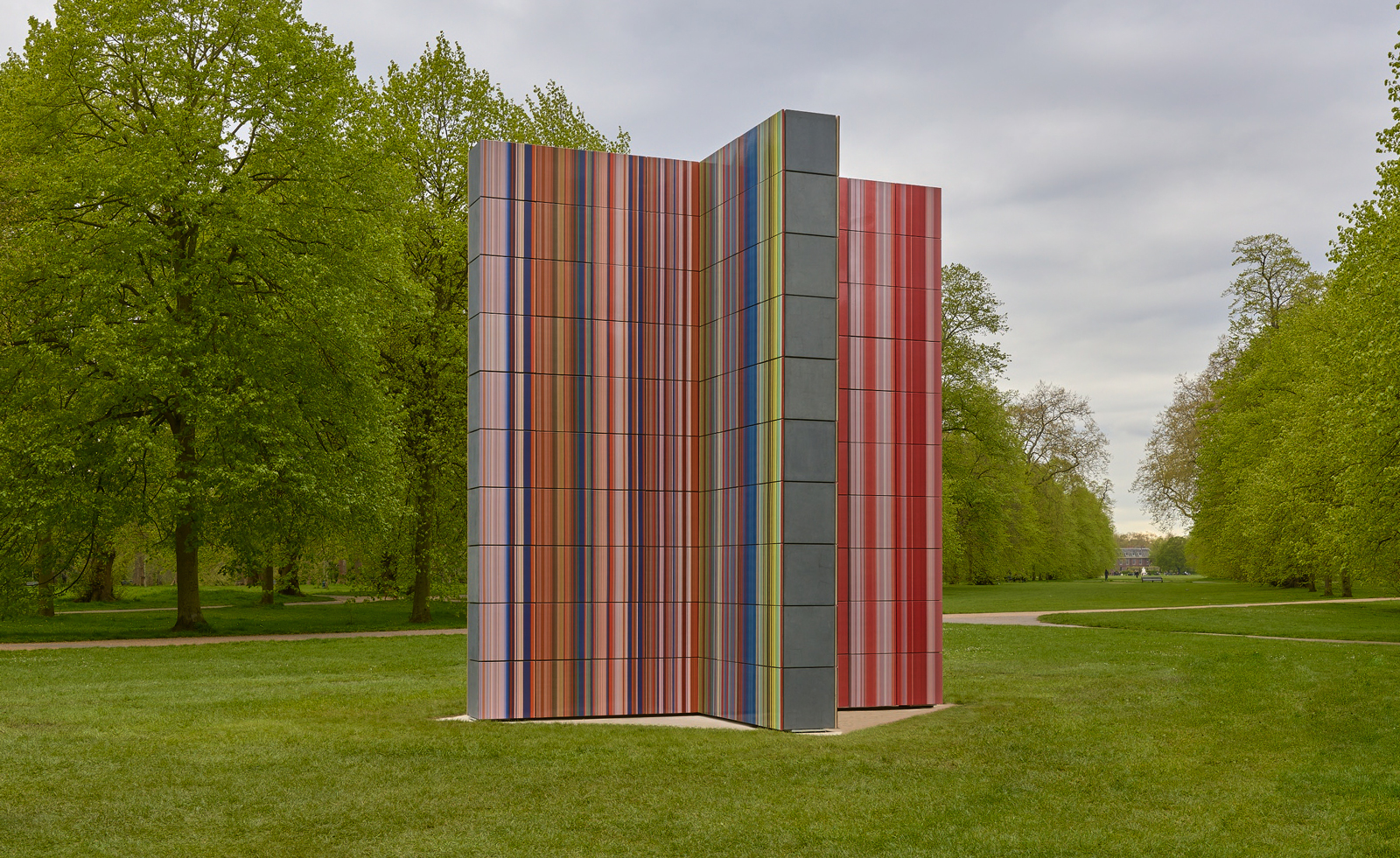 Gerhard Richter unveils new sculpture at Serpentine South
Gerhard Richter unveils new sculpture at Serpentine SouthGerhard Richter revisits themes of pattern and repetition in ‘Strip-Tower’ at London’s Serpentine South
By Hannah Silver